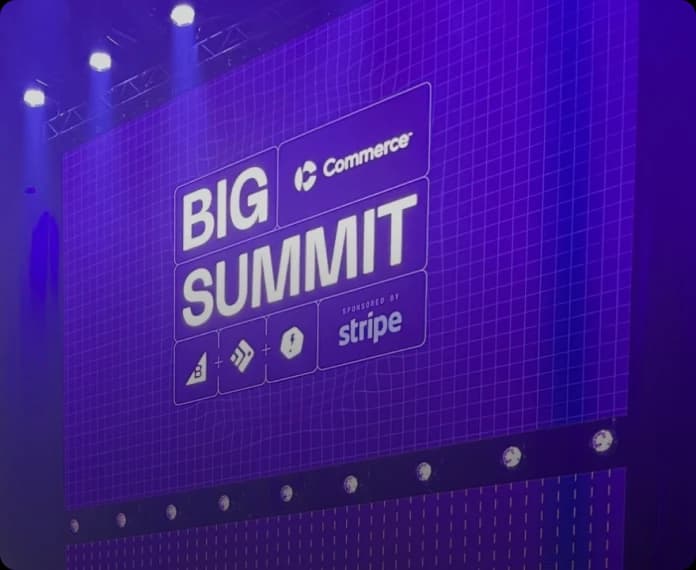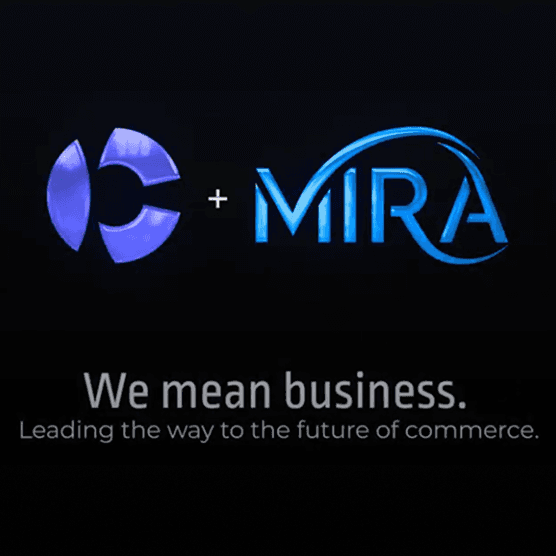Beyond the Monolith: Alan Pledger on Makeswift's Vision for a Component-Driven Web
The world of ecommerce and web development is in a constant state of flux. We've moved from rigid monolithic platforms to the promised land of composable, headless architecture. But this new freedom has often come at a cost: complexity. Marketers, the very people who need to be agile, often find themselves trapped behind developer queues and rigid, form-based content schemas.
So, how do we bridge the gap? How do we give marketers true creative freedom without sacrificing enterprise-grade performance and governance?
To explore this, our CEO, Sergei Ostapenko, sat down with Alan Pledger, co-founder and CEO of Makeswift (now part of commerce.com). Alan's journey from building landing page tools to creating a next-generation visual builder provides a fascinating look into the future of content management.
Here are our key insights and takeaways from their conversation.
The "Aha!" Moment: Why Landing Page Builders Even Exist
Alan's journey with Makeswift began with a simple but profound question: Why do marketing teams buy a separate tool just for landing pages when they already have a CMS for their main website?
The answer, he discovered, was that traditional tools were failing them. Marketers, even non-technical ones, craved a system they could "fully wrap their mind around" to quickly iterate on ideas. They were using landing page builders to create entire websites from a blank canvas, which was a clear sign that their primary CMS was too restrictive.
This insight became Makeswift's north star: create a visual builder that was as approachable as Canva but powerful enough to scale to an enterprise website, all while embracing the new, component-based reality of the modern web.
A New Philosophy: CMS for the Component-Based Future
Alan argues that most headless CMSs today are still built on an outdated architectural model (Model-View-Controller). The modern web, however, runs on components (React, Vue, etc.), and traditional CMSs haven't caught up.
This disconnect is why marketers and developers are constantly fighting their tools. Alan points to a key "smell": looking for UI properties like "padding" or "columns" inside a headless CMS schema. The moment you do that, you're no longer omnichannel; you've coupled your content model to your website's design.
Makeswift's philosophy is different. It "begins and ends at visual composition," making no assumptions about where your data comes from. It's designed to be the visual layer that assembles your components, freeing your backend CMS to manage pure, structured data.
The "Git for Marketers" Model
The biggest challenge for any enterprise tool is balancing flexibility with control. If you give marketers a "Canva-like" tool, how do you prevent them from breaking the brand or the site?
Alan's answer is one of the most compelling insights from the interview: Stop thinking about field-level permissions and start thinking like a developer.
He explains that developers aren't restricted by "file-level permissions." Instead, they use Git, a system that provides:
A safe sandbox (a branch) to make changes.
A clear set of changes (a diff) to be reviewed.
An approval gateway (a pull request) to merge those changes.
Makeswift aims to apply this exact workflow to content. Rather than locking down fields, give the marketer a safe place to build, a visual diff to show what they changed, and an approval process for a manager to sign off. This model unlocks massive organizational agility, allowing marketers to create new page sections and campaigns without tapping a developer for every single change.
Key Takeaways & The Future Roadmap
Alan shared several exciting developments for the Makeswift platform.
AI That Generates Layouts, Not Just Code: Makeswift's AI roadmap is uniquely powerful. Because the platform owns the layout schema, it can use natural language prompts (e.g., "create a 3-column feature section") to generate fully-editable Makeswift data, not code. In a traditional headless CMS, AI would have to generate both a new schema and the corresponding code, defeating the purpose of a no-code tool.
The Path to Stencil (BigCommerce): For the thousands of merchants on BigCommerce's Stencil theme engine, Makeswift is coming. Alan outlined a phased approach:
Phase 1: Treat existing Page Builder regions as "fallbacks" that users can delete and rebuild in Makeswift.
Phase 2: A full data migration, turning Page Builder widgets into editable Makeswift elements.
The Goal: A "one-click" migration that copies a Stencil site into Makeswift, ready for editing. (Targeting H1 of next year for early customer alphas).
True 1:1 Preview Fidelity: Alan revealed a "hidden gem" of Makeswift's tech. The builder doesn't generate a preview of your site; it iframes your actual site. To avoid breaking the site's code, all the builder controls (drag handles, menus) exist in a separate SVG layer overlaid on top. This guarantees that what you see in the builder is exactly what you get on the live site, building crucial trust for marketers.
The Vision: A Modern WordPress
Ultimately, Alan's "why" is to build the "modern version of WordPress." He envisions a single platform that serves a user's entire lifecycle, from a marketer self-serving their first landing page to a global enterprise running a fully custom, headless stack. It's this ambitious, craft-led vision that makes Makeswift one of the most exciting tools in the composable commerce space today.
Ready to Build Faster?
Makeswift's approach to visual building is changing the game for ecommerce teams. If you're ready to empower your marketers and unlock true agility, Mira Commerce can help.
As a premier partner, we specialize in implementing advanced composable solutions like Makeswift. Whether you want to learn more, see a personalized demo, or plan your implementation, we're here to guide you.










